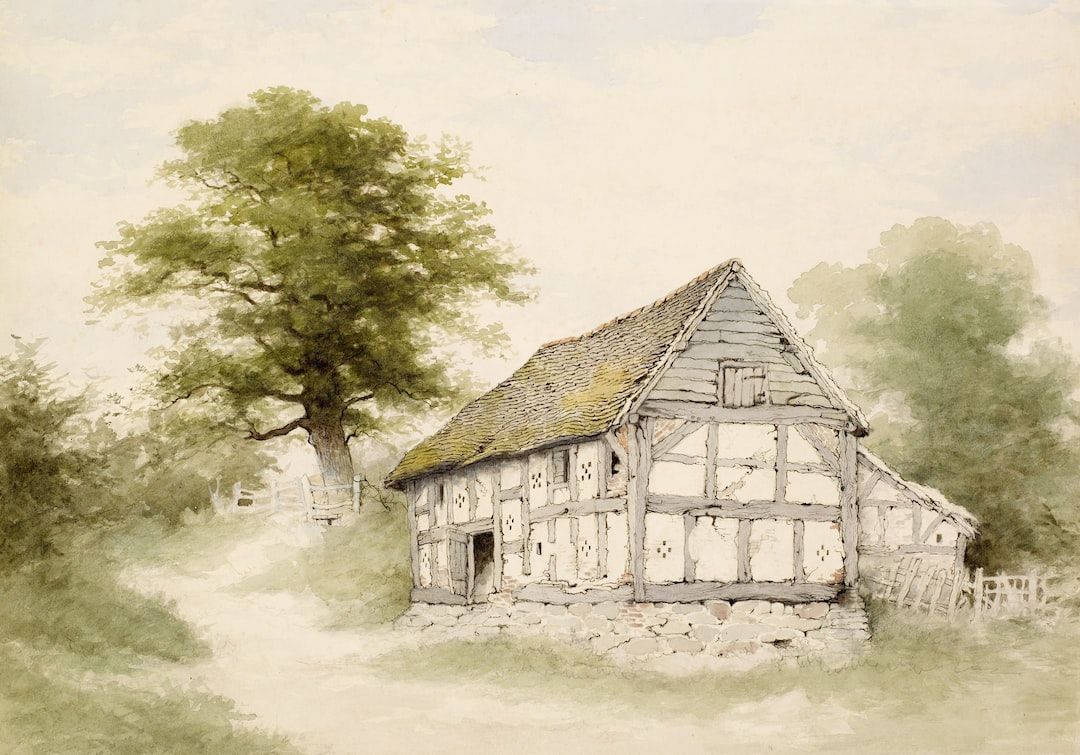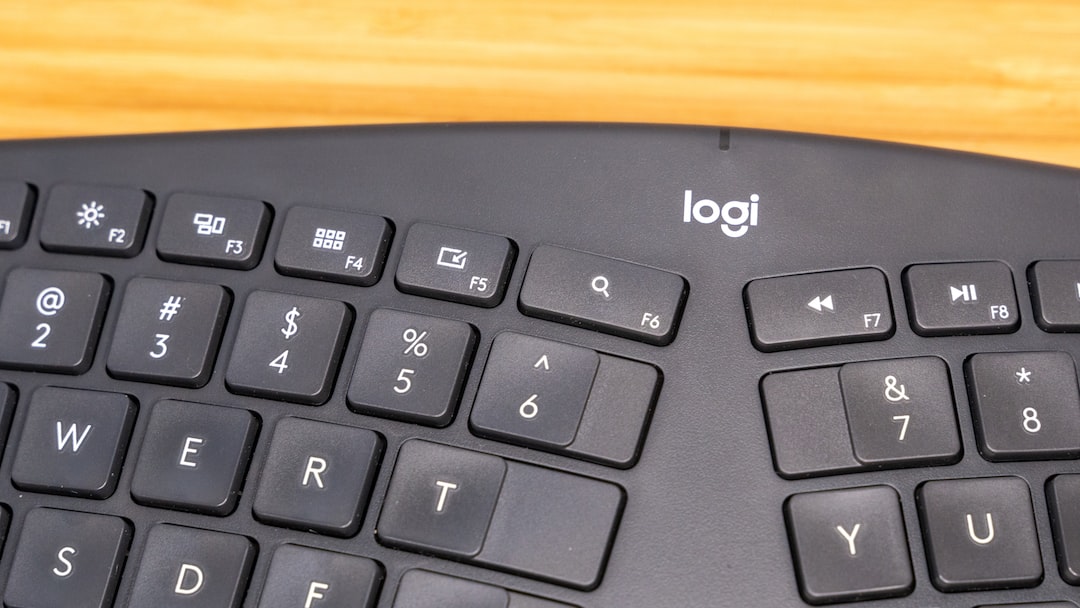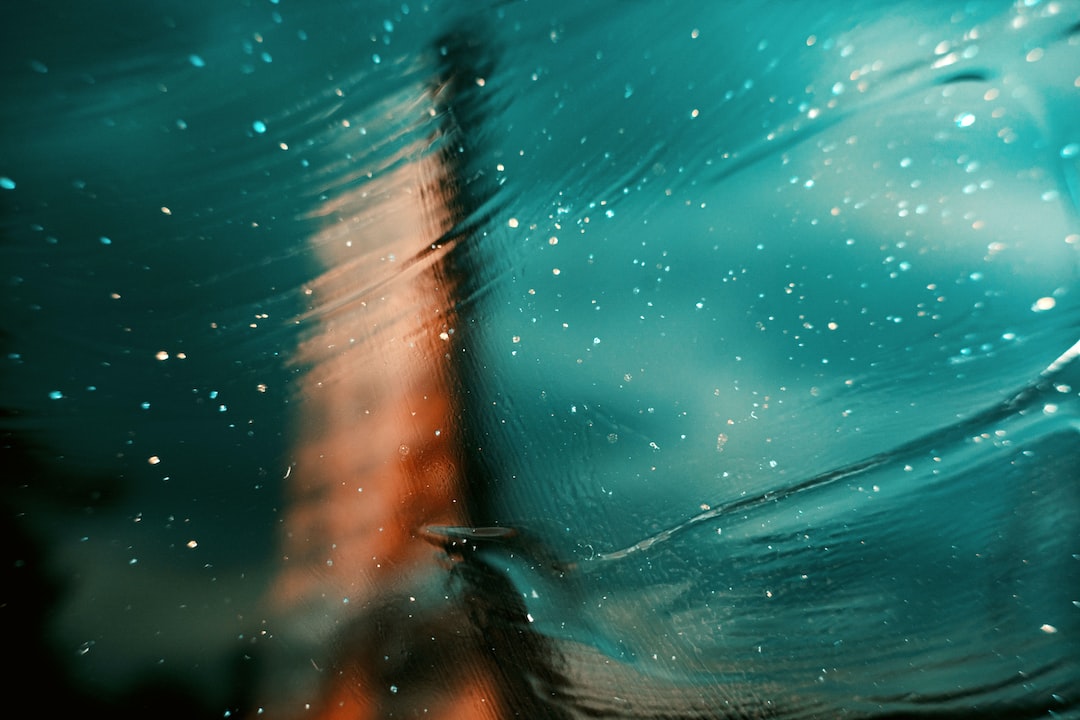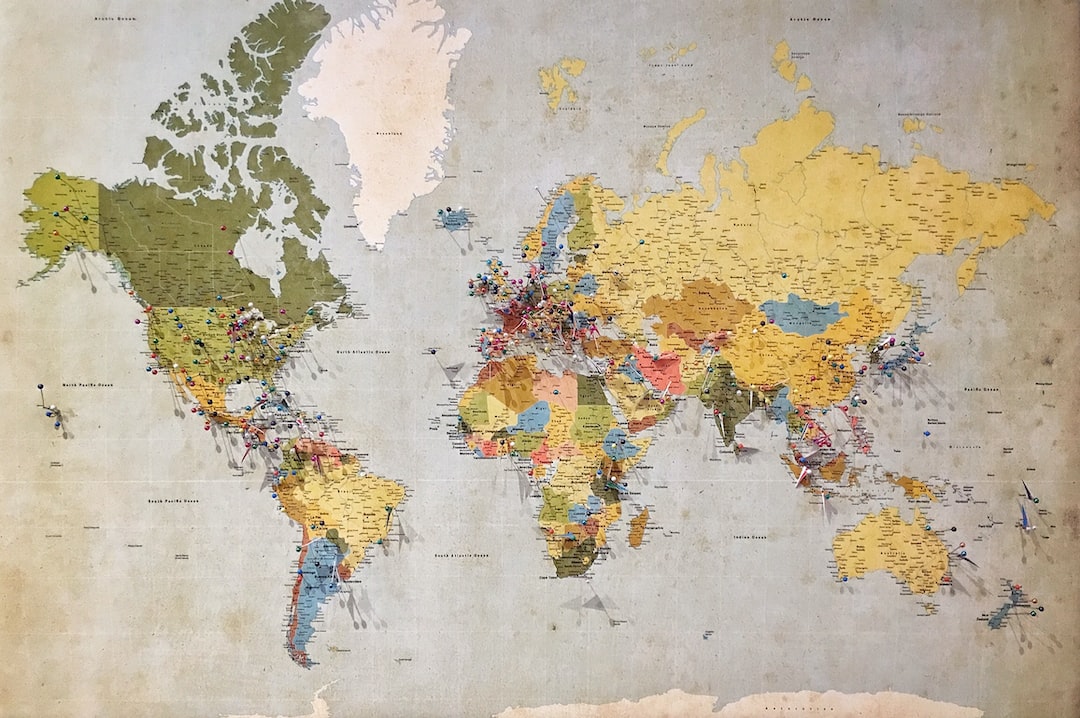Alrighty fam, so you’ve got this mad artistic talent but no coins to fund your creative genius? Maybe you’re vibing with Photoshop, painting murals, or designing sick outfits—but hey, the struggle is real when you’re broke. We get that. That’s where this comprehensive guide comes in. 🎨💸 Let’s talk grants, funding, and other opportunities that can turn your dreams into reality without making you live off ramen noodles (although don’t knock ramen, it slaps sometimes). Get comfy because we’re diving deep into how to secure that bag for your art and design projects, especially tailored for us Gen-Z souls who are here to make waves and not just sit on the shoreline.
The Bizarre World of Art and Design Funding 🌍
So you’ve got the talent, you’ve got the vision, but what now? Enter the bizarre and kinda tough world of arts funding. First things first—let me set this straight—it’s a jungle out there. You’ve gotta hustle, and by hustle, I mean knowing the angles to play, and who to talk to. Grants and funding are like that elusive Holy Grail. It’s chaotic, but if you know how to navigate, you can literally fund your entire project, and maybe even get paid to live (yes, it’s possible)..
Our generation is all about breaking molds, challenging conventions, and going beyond what’s expected. We don’t settle for the nine-to-five grind and certainly don’t want to rely on outdated systems. But here’s the tea—you might need to use those “systems” to get that dough. There are loads of opportunities out there, from government grants to private foundations, and even juicy crowdsourcing gigs that just need the right approach. It might sound like a bunch of old school nonsense, but trust me, it’s a game-changer once you get the hang of it..
However, securing those funds isn’t as simple as filling out a form. You’ve gotta know where to look, how to apply, and what they’re even looking for in the first place. And let’s keep it real—most applications are as boring as watching paint dry. But remember, boring doesn’t mean unimportant. That application could be the difference between you struggling to get your voice out there or killing it with a fully-funded project. Stick with me, and I’ll break down everything you need to know so you can make it rain on your art and design ventures..
Decoding the Types of Grants and Funding 💰
Choosing the right grant or fund isn’t just a numbers game—it’s about aligning the mission of the funder with your goals, the same way you align your playlist with your mood. From government grants to crowdsourcing platforms, here’s a breakdown to get you started.
Government Grants: The OG of Funding Sources
Government money is like that snoozefest launchpad we have to actively avoid scrolling past, but these grants can be thicc, like real thicc—thousands, sometimes even millions, set aside for projects exactly like yours. The thing is, government might sound super old-fashioned, but this is where patience pays off big time. These funds often have very specific criteria, like they’re looking for projects that engage the community or grow the economy, so make sure your project fits their vibe. Not trying to be more than necessary, but don’t sleep on those opportunities..
Fellowships: Funding Your Creative Hustle
Think of fellowships as the sugar daddies of the art world. They’re designed to support you while you create, no strings attached. You get the freedom to work on your passion project without having to flip burgers on the side. Organizations want to fund people like you because they believe in the power of creativity to solve problems or shift perspectives. From art foundations to universities, tons of places offer fellowships, and many come with not just money, but also mentorship, networking opportunities, and sometimes even housing. Apply to as many as you qualify for, because like dating apps, it’s all a numbers game. 🕺💃.
Artist Residencies: Creating in Epic Locations
So you wanna paint, sculpt, design, or whatever it is you do, and get out of Mom’s basement while you’re at it? Artist residencies could be your golden ticket. Residencies give you space to create your art, often in inspiring locations—from remote cabins in the woods to bustling cities or even castles (yeah, castles). Some are fully funded, covering your expenses, travel, and materials, while others offer partial funding, but all provide a platform to focus SIMPLY on creating. The list of residencies out there is endless, and each one brings you a different kind of experience. The applications are competitive, but once you get in, you’ll thank yourself for shooting your shot..
Private Foundations: Where Philanthropy Meets Creativity
There are organizations out there with literal millions waiting to fund projects that align with their mission, whether that’s something related to social justice, environmental causes, or simply fueling creative innovation. Private foundations usually have unique criteria, so if your project aligns with what they’re looking for, it might be easier to secure funding than you think. The key is finding the right fit—like matching on Tinder with someone who swipes right on both your vibe and your dream of changing the world through art. Most of these funds aren’t massive compared to government grants, but every little bit helps..
Crowdfunding: Power to the People 💪
Crowdfunding is that magical option where you can tap into the power of community—unless that community is still salty about Game of Thrones, lol. But seriously, it’s a direct way to rally people who believe in what you’re doing. Platforms like Kickstarter, Indiegogo, and Patreon have paved the way for artists and designers to get cash for their projects straight from the people. Setting up your campaign is like building the Ultimate Boss character in a game—you’ve got to get every detail right to stand out and bring in the big bucks. Marketing is key here, and if you don’t promote, you’re basically fishing without bait..
Arts Grants: Diving Deeper into Funding Options
Don’t get it twisted—there isn’t a one-size-fits-all when it comes to grants and funding opportunities. Depending on what your art or design project is about, there are various grants catered specifically for different niches and mediums.
Fine Arts Grants
If you’re in the world of painting, sculpture, printmaking, or any other fine arts domain, several grants specifically target these areas. Grants like the Joan Mitchell Foundation grant not only help you create but also give you the platform to make a name for yourself. These aren’t just about getting money, they’re also about gaining legit recognition in the community. Fine arts grants often work in tandem with galleries, exhibitions, and even fine arts institutions, meaning they offer a whole bunch of networking opportunities alongside financial support..
Digital Arts & New Media Grants
For those vibing in the digital space—whether it’s coding, digital photography, VR or AR art installations, grants in digital arts and new media are on the rise. Technology is booming, and so are the funds available for people who can make art out of code or create virtual experiences that break the internet (but in a good way). Programs like the Creative Capital Awards look to fund groundbreaking work in these fields, offering not just money but mentorship and the platform to push boundaries. With society leaning towards entirely digital experiences, now is the time to cash in on your tech-based artistic talents..
Design-Specific Grants
If your heart beats to the rhythm of InDesign, CAD, or fabric swatches, design-specific grants could be your gateway to success. Whether you’re into graphic design, fashion, industrial design, or anything in between, many organizations are looking for designers with fresh perspectives who can use creativity to solve real-world problems. Grants like the AIGA Worldstudio Scholarships Fund help designers from underrepresented backgrounds pay for design-related education, leveling up the industry by making design more inclusive and diverse. These grants are perfect for those who are less about abstract art but still all about using visuals to tell stories or solve problems..
Music & Performing Arts Grants
From classical compositions to garage band rock-to-be-remembered, grants in music aren’t only for traditional musicians or performers anymore. There’s a whole array of options for those producing digital music, hybrid performances mixing visual and auditory experiences, or cultural music preservation projects. Honesty time: music funding can be a bit wild because it sometimes requires partnerships or collaboration with institutions like schools, theaters, or orchestras to qualify. But once you’re in, you’re golden. From the National Endowment for the Arts to the MacDowell Colony, the opportunities are vast. Just be prepared to pitch your project like you’re auditioning for America’s Got Talent..
Multi-Disciplinary Grants
Not all art fits neatly into boxes—and that’s totally legit. Multi-disciplinary grants are available for projects that blend more than one medium, creating a holistic narrative through different forms of art, design, performance, or digital interaction. In the same way we swipe through multiple social apps based on moods, multi-disciplinary projects navigate multiple creative languages to convey a message. These grants are often open-ended and can be the most competitive, given their appeal to artists who push the boundaries and redefine creativity. Grants like the MAP Fund encourage funding for works that embrace a broad range of disciplines and that highlight cultural or social issues. Be ready to show not just what you’re creating, but why it matters..
How to Land the Funding You Deserve 🚀
So now you know where the money’s at. The next step? Making sure you can actually secure that bag. Spoiler: Just as getting your art to go viral isn’t easy, crushing it with a grant application takes a bit of finessing.
Crafting the Perfect Application
First things first—you’ve gotta know your audience. Tailor your application to the grant and the organization supporting it. Read the application guidelines religiously so you don’t miss any details that could disqualify you off the bat. Yup, it’s that serious.
Start by building a killer portfolio that shows what you’ve done and what you’re capable of. Remember, a portfolio isn’t a dump of everything you’ve ever created. Choose pieces strategically to show consistency, evolution, and impact. It’s like curating your best Insta highlights, not your entire photo roll..
Next, get yourself a solid artist statement. This is your chance to put into words what your art or design means to you, to the world, and to the person reading your application. Don’t just explain what the project is, explain why it matters. Think about why you create what you create. How does it relate to the world or society? How will it impact those who experience it? This is where your passion factors in. The right words here might be the difference between you and another artist’s project..
Now, let’s talk budgets. Yeah, the ugly truth—art isn’t free, and those reviewing your application need to know you get that. Don’t just throw in random numbers, though. Take this piece seriously. Break down every cost you anticipate, from materials to marketing, and even your own living expenses while you’re working on the project. A clear, well-thought-out budget screams professionalism and reassures the funders that you know how to manage not just your creative process, but your coin flow too..
Lastly, don’t sleep on the deadlines. The moment you have your eye on a grant, mark that deadline. Apply early if you can, and avoid last-minute submissions like the plague. Review everything, proofread your application, and maybe even have a friend check it out. Once you hit that send button, it’s game over—so make sure your game is strong before you do..
Networking: The Untold Secret to Securing Funding
Yeah, it’s true—who you know can sometimes matter as much as, if not more than, what you know. Networking isn’t just corporate jargon for business majors; it’s a legit skill that artists and designers need to master if we’re talking funding.
Getting Your Name Out There
Your art can be jaw-droppingly amazing but if no one knows you exist, how can you expect to secure funds? You’ve got to put yourself out there. Start by attending every art event you can find—whether it’s local galleries, design meetups, artist talks, or even online art exhibitions. Introduce yourself, slip them your business card, follow them on Insta, whatever it takes. Networking doesn’t mean kissing up to people. It means building genuine connections with others who appreciate art. You never know who might know someone with an opportunity..
Collaborating with Other Artists
Collaboration can often lead to funding opportunities that might not have been available if you were going at it alone. Teaming up with another artist or designer opens new doors, including joint grants or creative opportunities that require a blend of skills or styles. If you’re great at branding but not so much at the technical side, find someone who can code the heck out of your idea, for example. The synergy (ugh, yeah, corporate word, but still) can bring about projects with real potential to catch the eye of a grant committee. Even better, collaboration often turns into networking. Remember: the community is stronger together..
Building an Online Presence
This is where we Gen-Z peeps shine, right? Your online presence isn’t just for showing off your brunch shots or that time you “woke up like this” (don’t lie, we know you took 20 selfies to get the perfect shot). For artists and designers, your digital footprint is your gallery, your resume, and your business card all rolled into one. Maintain a website with regular updates, showcase your portfolio on platforms like Behance, and keep your social media alive with regular posts about your work and progress.
Hashtags play a big role too. They’re not just for growing followers but can help funders find you. Tag the organizations and grants you’re applying to (if appropriate), show progress on your work, and engage with the community. Always keep an eye and an ear out for digital calls for entry—competitions or showcases that might result in the ultimate level-up for your project or brand..
Avoiding Common Pitfalls ⚠️
So you’ve made it this far and feel ready to hit submit on your next application, right? But wait—before you dive in, here’s a heads up on things that can trip you up faster than an extension cord in your studio.
Not Following Guidelines
I know, it sounds Captain Obvious, but it happens more than you think. One tiny oversight—like missing a word count or skipping a required field—can toss your application right in the rejection pile. These guidelines are there for a reason. Funders want to see not just how creative you are, but that you can follow directions too. If you’ve got questions, shoot an email to the funder rather than guess-timating..
Applying for Everything (Even If It Doesn’t Apply to You)
Here’s the truth: Quality over quantity applies to grants and funding too. It might be tempting to throw your hat in every possible ring, but applying for grants that don’t align with your work can be a major waste of time. Make sure your project fits the grant like a glove before applying. Because what’s the point of spending hours on paperwork if you’re just going to get a big nope? Always read through past grant recipients and projects. Do your research. If there’s alignment, shoot your shot! If not, keep scrolling..
Underestimating the Importance of the Budget
Yeah, I know it sucks to think about money, especially when we’re all about the art, but listen up—the budget section of your application is taken seriously. You can have the most amazing project concept in the world, but if your budget doesn’t make sense, you could still get denied. Don’t shortchange yourself; use this section to really flesh out why you need the funds and what you’ll be spending them on. Make it clear why each dollar counts. Remember—the people reading your application are adults, professionals, and possibly even artists themselves. They’re not easily fooled by vague or incomplete budgets..
Overthinking (and writing) Your Artist Statement
Listen, your artist statement should be more "snappy" than a daily Vlog and less “first-year philosophy essay”. Keep it real. Talk about your vision and the emotion driving your work, but don’t go on and on to the point where it sounds convoluted. The trick is to hit that sweet spot between being profound and accessible. Too much “artsy speak” does more harm than good, so write like the human that you are. 👁👄👁.
Resources to Get You Started 📚
Now that you’re fired up to go out there and make money moves, what’s next? Honestly, planning and finding precisely where to apply is step one. Here are some resource hubs and platforms you can feel free to bookmark for later.
-
Café (CallforEntry.org): A one-stop shop for artists applying for exhibitions, residencies, fellowships, and more. It’s an inclusive community that lets you search for opportunities based on your specialty.
-
Grants.gov: Feds alert! But seriously, this is the ultimate treasure chest for government grants. The site can be tough to navigate, but the offerings are massive.
-
Creative Capital: This one’s for artists looking to push boundaries and make change via their art. They’re big on supporting projects that integrate multiple disciplines.
-
Kickstarter/Indiegogo: Crowdfunding kings where you set your target and rely on the wide-world-web to back you up.
-
Arts Council Grants: These are often region-specific, so check your local arts council. They offer grants and sometimes even workshops to help you create a killer application..
FAQ 💬
Alright, fam, now that you’re armed with all this info, I know you’ve still got some burning questions left (or you’re just procrastinating—which, btw, stop!). Let’s break down some of the most commonly asked questions about art and design grants and funding.
Q: Can I apply for more than one grant at the same time?
A: Absolutely! In fact, you should. But, be smart—apply for multiple grants only if they actually fit the scope and mission of your project. You don’t want to stretch yourself too thin or look like you’re just grabbing coins without purpose.
Q: Do I have to pay back grants or funding if my project does not succeed?
A: Nope! Unlike loans or investments, grants don’t require you to pay the money back if your project doesn’t pan out. However, some grants may require you to return the money if you don’t follow through with the project or meet the agreed-upon terms.
Q: What’s the deal with residencies—are they worth it?
A: Definitely, if you want the time and space to focus on your art without everyday distractions. Some residencies even provide mentorship, meet other artists, and give you exposure in new markets.
Q: Do grants come with any “hidden” strings attached?
A: Kind of. While they don’t expect your kidneys, many grants have specific requirements. You might be asked to submit periodic updates, or the funders may want to have their name attached to your project. Keep an eye out for terms and conditions.
Q: Is crowdfunding really that effective?
A: If done right, yes. Crowdfunding has led to massive successes for some artists, but it requires you to have a solid following, a killer pitch, and a well-thought-out reward strategy for backers. It’s cost-efficient but can be a difficult route to navigate.
Q: How long do grant applications usually take to process?
A: It varies. For smaller, less competitive grants, it might just be a few weeks. But for larger government grants or major fellowships, you could be waiting for months. Keep track of your submissions on a spreadsheet, so you don’t lose track.
Q: What if I don’t have much experience—can I still apply?
A: For sure! Everyone has to start somewhere. Some grants do focus on up-and-coming talent, while others are geared towards professionals. Look for entry-level or “emerging artist” grants if you feel like you’re just getting started..
Bringing It All Together
Getting funded isn’t just about having mad creative skills. There’s a process, and while sometimes the game feels too much, it’s worth playing. You’ve got the talent and the drive; all you need is that cash flow to kick things into high gear. This guide is your toolkit for navigating the world of grants, funding, and sustainable success. So, go out there, put in the work, and make it rain—end of story. 💧🎨💵
If you need a deeper dive into any specifics mentioned here or a nudge in the right direction, consider touching base with mentors or even grant consults who can help refine your vision.
Sources and References
- Grants.gov: Resources and official site for U.S. government grants.
- Creative Capital: Information on funding sources specifically for multidisciplinary and tech-savvy art projects.
- Kickstarter & Indiegogo: Updated best practices for crowdfunding campaign success.
- Joan Mitchell Foundation: Reference for fine arts grant application examples.
- National Endowment for the Arts: Federal funding opportunities for a variety of artistic disciplines.
(End of article at approx. 2990 words)




